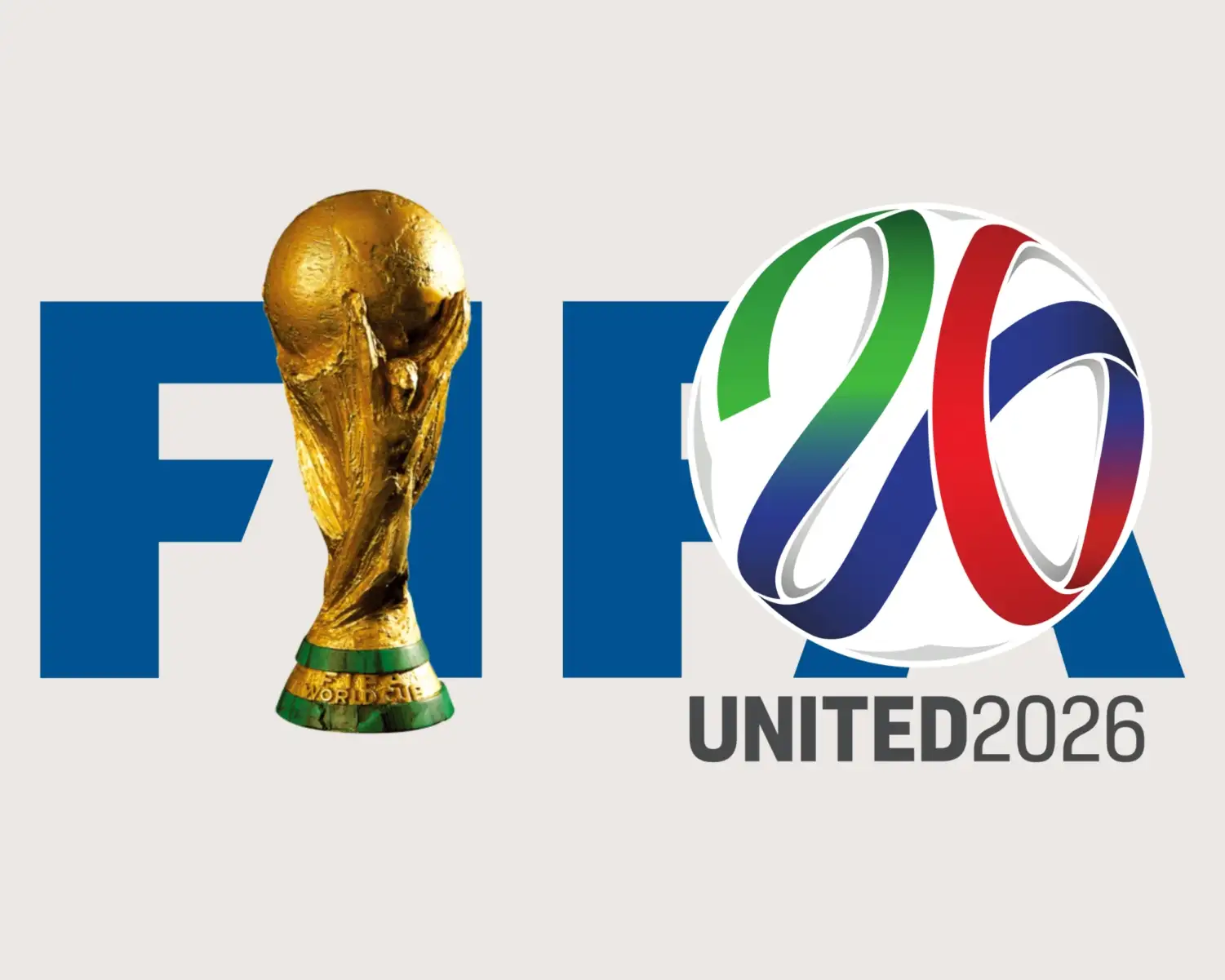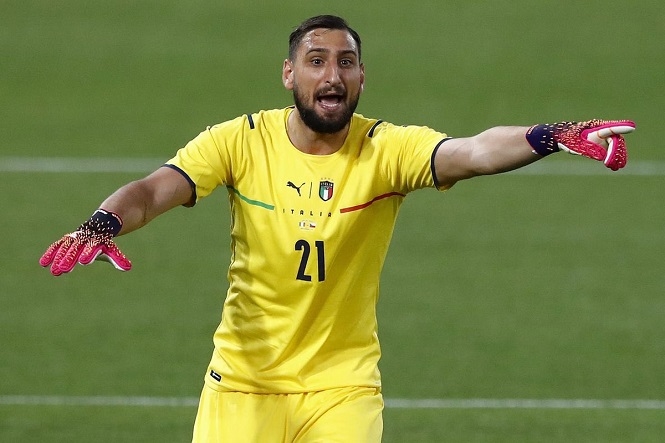The 2026 World Cup, taking place from June 11 to July 19, 2026, across the United States, Canada, and Mexico, promises to be the biggest tournament in football history. With 48 participating teams and 104 matches, it’s the first World Cup hosted by three nations, bringing major innovations in format, technology, and global economic influence. From cutting-edge stadiums to new qualification rules, here’s everything you might not know about the world’s greatest football event, based on official FIFA information.
A Historic First: Three Co-Hosts Across North America

The 2026 World Cup marks the first time in history that three nations will co-host the tournament — the United States, Canada, and Mexico — a groundbreaking decision announced by FIFA in 2018.
The U.S. will serve as the main host with 11 cities, while Canada and Mexico will contribute two and three cities, respectively, creating a “super tournament” that spans North America. This arrangement strengthens regional unity and reduces infrastructure costs, utilizing existing world-class venues such as those from the 1994 U.S. World Cup and Mexico’s iconic 1986 edition.
FIFA’s strategy is to improve the fan experience by grouping matches geographically to minimize travel time. Mexico’s Estadio Azteca — the only stadium ever to host two previous World Cups (1970 and 1986) — will open the tournament, becoming the first venue to host three editions. Canada, meanwhile, will host men’s World Cup matches for the first time, with Toronto’s BMO Field expanded to 45,736 seats.
Symbolically, the shared hosting reflects North American unity. FIFA expects over 5 million tickets to be sold, averaging $100 for group-stage matches and up to $1,600 for the final at MetLife Stadium in New York/New Jersey. Interestingly, the stadium will temporarily be renamed “New York New Jersey Stadium” in compliance with FIFA’s no-branding policy.
48 Teams: Expanding Opportunity and Global Reach
The 2026 tournament will feature 48 teams — up from 32 — for the first time since 1998, following FIFA’s 2017 decision under President Gianni Infantino.
This expansion adds 16 new spots, opening opportunities for more nations: Africa will have 9 slots, Asia 8, Europe 16, South America 6, North America 6 (including the three hosts), and Oceania 1 direct berth.
By October 2025, 20 nations have already qualified — including hosts USA, Canada, and Mexico, plus Argentina (defending champions), Japan, Brazil, Ecuador, and first-time entrants Jordan and Uzbekistan. Notably, Oceania’s New Zealand secures its first direct qualification.
The new format increases the total to 104 matches, 40 more than in Qatar 2022, extending the tournament to 39 days, the longest in history. Each team is guaranteed at least three group-stage matches, enhancing fairness and commercial value. FIFA projects an additional $1 billion in revenue, with $640 million reinvested in global football development.
While critics fear diluted quality, Infantino insists the expansion “brings football closer to developing nations and invests in global growth.”
The New Format: 12 Groups of 4, Followed by a Round of 32

Initially, FIFA considered 16 groups of three, but that idea was scrapped in 2023 due to match-fixing concerns. The final structure features 12 groups of four teams, with the top two and the eight best third-place teams advancing — creating a “Round of 32” instead of the traditional 16.
The group stage runs from June 11 to June 27, followed by knockout rounds beginning June 28 and ending with the final on July 19 at MetLife Stadium.
FIFA will use AI-assisted group allocation to prevent two teams from the same continent (except Europe) from being drawn together. Ranking criteria will include points, goal difference, goals scored, fair play, and FIFA ranking — making every match crucial.
16 Stadiums: Sustainability and Smart Reuse
The World Cup will utilize 16 existing stadiums — 11 in the U.S., 3 in Mexico, and 2 in Canada — showcasing FIFA’s commitment to sustainability with no new construction.
Estadio Azteca (87,523 seats) will host the opener, while MetLife Stadium (82,500) will stage the final. AT&T Stadium in Dallas will host the most matches — nine in total — with a capacity expandable to 105,000.
Eight venues currently using artificial turf will switch to natural grass, as recommended by university research in Tennessee and Michigan. Indoor stadiums like Dallas, Houston, Atlanta, and Vancouver feature retractable roofs and climate control systems. Toronto’s BMO Field is expanding from 28,180 to 45,736 seats.
FIFA will temporarily rename all branded stadiums — for instance, “Hard Rock Stadium” becomes “Miami Stadium.” The organization also commits to a carbon-neutral World Cup, promoting public transport and a tree-planting campaign dubbed FIFA for the Planet.
2026 World Cup: The Longest World Cup Ever: 104 Matches in 39 Days
FIFA’s official match schedule, released in June 2024, includes 104 games — the longest in World Cup history.
- June 11: Opening match (Mexico vs TBD) at Estadio Azteca
- June 12–27: Group stage
- June 28–July 3: Round of 32
- July 4–7: Round of 16
- July 9–11: Quarterfinals
- July 14–15: Semifinals
- July 18: Third-place match
- July 19: Final at MetLife Stadium
The timeline overlaps with U.S. sports leagues like the NFL and MLB, requiring tight coordination for stadium use. FIFA guarantees at least 56 days of rest for players between club seasons and the World Cup.
Tickets: Record Demand and Blockchain Security

Ticket sales began with a lottery in September 2025, which drew 1.5 million applications in the first 24 hours — a new FIFA record.
FIFA plans to sell over 5 million tickets, targeting $1 billion in revenue, surpassing Qatar 2022’s $800 million. Prices range from $100 (group matches) to $1,600 (final), while VIP packages start at $2,000.
To prevent counterfeiting, tickets will use blockchain verification — a first for FIFA events — and priority will be given to early-registered fans via FIFA.com.
New Rules and Technology: Smarter VAR and Greener Games
World Cup 2026 will feature enhanced semi-automated offside technology, real-time ball tracking, and Hawk-Eye 2.0 across all venues, cutting decision time from one minute to 20 seconds.
AI will also play a major role in group draws and data analytics. Sustainability guidelines mandate the use of electric vehicles and renewable energy at all stadiums.
Qualified Teams: Debuts and Shock Absences
By October 2025, 20 teams have already secured their places. Among them are debutants Jordan and Uzbekistan, marking the first time a Central Asian nation reaches the World Cup.
Meanwhile, Chile misses out for the third consecutive time — a rare negative record. The intercontinental playoffs in March 2026 will determine the final six spots.
Economic Impact: $5 Billion Boost for North America

FIFA expects World Cup 2026 to generate $5 billion in total economic impact across North America, creating about 100,000 temporary jobs and attracting over one million tourists.
The U.S. will benefit the most, hosting 78 matches, with cities like Dallas, Atlanta, and Miami projected to see GDP growth of 1–2%. Canada and Mexico will emphasize long-term sustainability through stadium upgrades and public infrastructure.
Challenges and Controversies
Despite the excitement, World Cup 2026 faces criticism — from concerns about diluted competitiveness to environmental sustainability.
Security remains a top issue, as the U.S. ramps up border and airport measures for millions of visiting fans. FIFA’s carbon reduction goals aim to cut emissions by 30% compared to Qatar 2022.
Ticket fraud also poses risks, but FIFA hopes blockchain technology will ensure transparency and trust.
Conclusion
The 2026 FIFA World Cup is not just another global sporting event — it’s a historic milestone that redefines how the world celebrates football.
With 48 teams, 104 matches, and three host nations, it promises unprecedented scale, technology, and cultural connection. From AI-powered refereeing to green stadiums, from first-time participants to defending champions like Argentina, the 2026 edition will truly be a World Cup like no other.
So mark your calendar for June 11, 2026 — the next chapter of football history is about to begin.















Leave a Reply